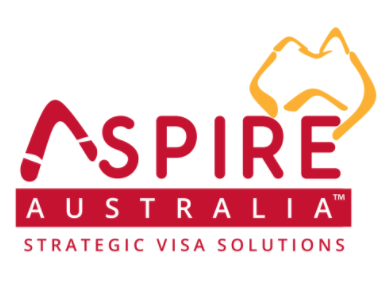The Australian Government has initiated a major shift in its migration policy as of 25th November. This change, focusing on the Employer Nomination Scheme (ENS), significantly enhances the pathway to permanent residence for employer-nominated skilled workers. This development is crucial for employees on 457 or 482 visas and their employers, reflecting Australia’s evolving economic and workforce requirements.
Overview of the Employer Nomination Scheme (ENS) Changes
Shift in Eligibility and Process
Up until now, Australian businesses could nominate a wide range of occupations for subclass 457 and 482 visas. Permanent residence nomination, however, has been limited to a specific group – those with occupations on the Medium and Long Term Strategic Skills List (MLTSSL). This restriction presented numerous challenges for employers, particularly in re-nominating workers with occupations on the Short-Term Skilled Occupation List (STSOL) or Regional Occupation List (ROL) for further temporary visas without the prospect of permanent retention.
Impact on 457 / 482 Visa Holders
For subclass 482 and 457 visa holders, the lack of permanency often resulted in stress and misalignment with their long-term career and life aspirations in Australia. With the legislative update, 457 / 482 visa holders in various occupations, including Marketing Specialists, Project Coordinators, Cooks, and Financial Advisors, now have the chance to secure permanent residence through the Employer Nomination Transitional stream.
Examination of the Changes
The Employer Nomination Temporary Residence Transition (TRT) Stream has been revised:
- Expanded Eligibility: 482 visa holders can now be nominated for the 186 visa under the TRT stream, regardless of their occupation’s classification within the MLTSSL or STSOL.
- Occupation Code Flexibility: The nominated position for permanent residence only needs to share the same first four digits of the ANZSCO code.
- Reduced Time Requirement: The application can be made after two years on a 482 / 457 visa with the sponsor, down from three years.
The Temporary Residence Transition (TRT) Stream Explained
Target Audience: Designed for 457 or 482 visa holders, now more inclusive.
Key Updates:
- Eligibility for TSS 482 visa holders with STSOL occupations.
- Reduced required employment period from three to two years.
Advantages:
- No skills assessment is required.
- A streamlined process for faster permanent residency.
Considerations:
- Meeting all criteria, including employer nomination and occupation eligibility, is essential.
A Tailored Strategy for Employers
Aspire Australia specialises in assisting employers with developing a comprehensive strategy for sponsoring employees in light of the new migration changes (link to employer page). Our approach includes addressing key questions and considerations:
- Eligibility and Timing: Determining which currently sponsored workers are eligible for permanent residence and the optimal timing for their applications.
- Duration of Employment Post-PR Nomination: Understanding employees’ required length of stay after being nominated for permanent residence.
- Regional Business Solutions: Identifying the best options for businesses based in regional areas.
- Age Limit Considerations: Assessing the impact of the 45-year age limit on workers’ eligibility for PR.
- Cost and Timeframe: Providing clarity on the financial and temporal aspects of the PR process.
- Nominee Requirements: Guiding nominees through English language proficiency and other essential criteria to ensure a successful application.
The changes to the Employer Nomination Scheme mark a significant evolution in Australia’s migration policy, addressing the needs of employers and foreign workers. These adjustments open up permanent residence pathways for a broader range of skilled workers, aiding Australian businesses in retaining international talent. Through a partnership with Aspire Australia, employers can navigate these changes effectively, aligning their migration strategies with their unique business objectives. This policy shift demonstrates a deeper understanding of the dynamic requirements of Australia’s workforce and the critical role of skilled migration in its growth and development.









